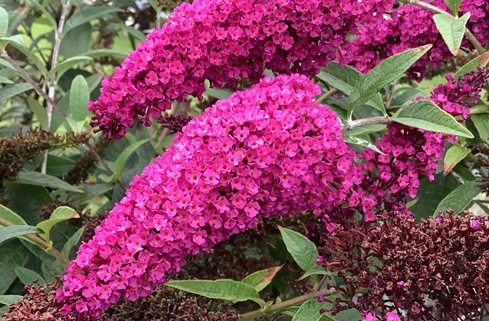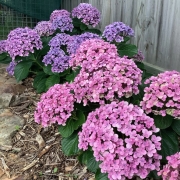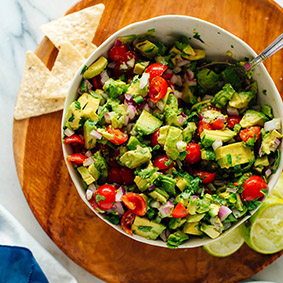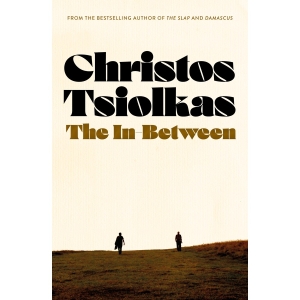Granny Plants
Gardeners might like to imagine that they are immune to the vagaries of fashion, however plants go in and out of style, just like clothes, and often a garden can be dated by its components. Think of Cortaderia selloana (pampas grass) in the 1970s, Syagrus romanzoffiana (Cocos palm) in the 1980s, Robinia pseudoacacia ‘Frisia’ (golden robinia) in the 1990s and the Yucca spp. (yucca) craze from the 2000s. All these plants became incredibly popular in their day until we realised that each had some kind of undesirable feature (sharp foliage, weedy seeds, grew too big etc) and the trend would be over.
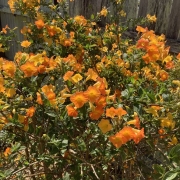 Sometimes we get so caught up with the newest plant trends that we forget about some of the old tried-and-true resilient favourites, that were often easy to care for, undemanding and seemed to bloom endlessly. These forgotten classics are the plants that some might remember growing in their grandmother’s garden and many of which can still be found in some of the older homes and gardens around the Triangle.
Sometimes we get so caught up with the newest plant trends that we forget about some of the old tried-and-true resilient favourites, that were often easy to care for, undemanding and seemed to bloom endlessly. These forgotten classics are the plants that some might remember growing in their grandmother’s garden and many of which can still be found in some of the older homes and gardens around the Triangle.
Some of these proven performing shrubs include Abelia grandiflora (abelia), Weigelia florida (weigelia), Hibiscus mutabilis (Confederate rose), Rondeletia amoena (rondeletia), Buddleja davidii (butterfly bush), Streptosolen jamesonii (marmalade bush), Brunfelsia pauciflora (yesterday, today and tomorrow), Hydrangea macrophylla (hydrangea) and Spirea cantoniensis (May bush).
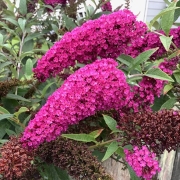 These species are often overlooked in the wake of contemporary horticultural innovations, yet all carry with them a wealth of benefits that extend far beyond their mere nostalgic value. All are robust and sturdy species that have shown themselves to be capable through many good and bad seasons of growth. Whilst the above list concentrates on shrubs, there are also many currently unfashionable and forgotten groundcovers and small trees. Regardless of your garden style, there will be a granny plant out there somewhere to suit you.
These species are often overlooked in the wake of contemporary horticultural innovations, yet all carry with them a wealth of benefits that extend far beyond their mere nostalgic value. All are robust and sturdy species that have shown themselves to be capable through many good and bad seasons of growth. Whilst the above list concentrates on shrubs, there are also many currently unfashionable and forgotten groundcovers and small trees. Regardless of your garden style, there will be a granny plant out there somewhere to suit you.
Meanwhile, around the towns we have seen some pretty special agapanthus displays. Please deadhead the spent flowers to stop seed spread. Another stunner at this time of the year is bougainvillea, and there are some incredibly showy specimens around. With good management this dry-tolerant, scrambling, thorny devil can be kept tamed into a glorious cascade of pure summer colour. Prune it back after flowering and chop back any aggressive rogue shoots as they appear. A final shout out to all the hibiscus currently flowering. These three plants alone brighten up any late summer garden.
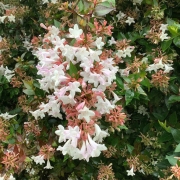 Things are pretty quiet in the wild places on the sides of the road but keep an eye out for splashes of the pale yellow to cream coloured flowers of Acacia irrorata (green wattle). If you stop for a closer look, you will see that it has feathery bipinnate leaves and that the flowers are shaped like small round balls.
Things are pretty quiet in the wild places on the sides of the road but keep an eye out for splashes of the pale yellow to cream coloured flowers of Acacia irrorata (green wattle). If you stop for a closer look, you will see that it has feathery bipinnate leaves and that the flowers are shaped like small round balls.
Finally, in the vegie garden, ironically the warmest month is also the time to start planning for the coldest months, so get sowing seeds of broccoli, brussels sprouts, celery, cauliflower, cabbage and leeks. Round out the soup season garden with some root vegetables such as beetroot, carrots and turnips, and keep the leafy greens coming with lettuce, rocket, silver beet and kale.
Finally, if you have any comments, gardening questions or plant or pest identification problems, please send them through to gardening@thetriangle.org.au and we will endeavour to help.
Happy growing!
